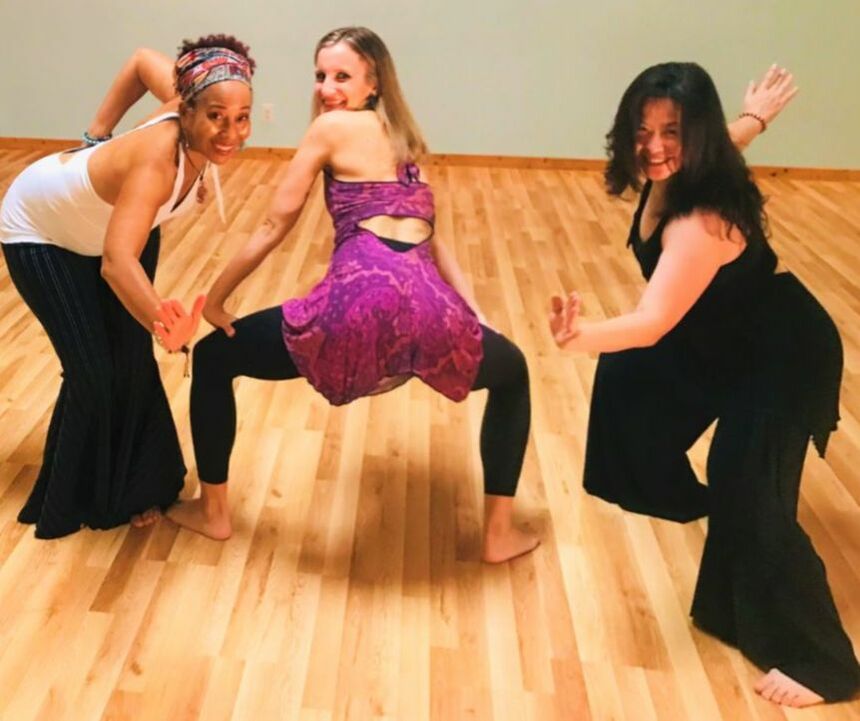|
by Frank Zendejas “I had no idea!” Those were the words that rang true for me as I watched Brene’ Brown’s TED talks about shame and vulnerability. I watched her videos on YouTube at the recommendation of my therapist who earlier that afternoon shared “Frank, yes you’re a molestation victim. And, there's been a lifelong impact. What you’re suffering from is Shame Trauma.” “Shame Trauma?” I repeated out load with the obvious tone that I had no idea what that was or meant. I followed up my massive dose of Brene' Brown TED talk videos ordering every book, CD, and DVD that I could find on Amazon. My intense and purposeful therapy and education on Shame Trauma got started. Twenty months later, my therapist and I sat in her office, looking at each other, and arrived at the obvious conclusion that this was it. Today was my last session. I had traveled the path, learned, put into practice, shared, and triumphed through my Shame Trauma. I learned to put into action the commitment, dedication, work, and pursuit of becoming an integrated man. This meant developing the emotional intimacy that granted me emotional vocabulary. This meant facing my griefs, losses, and past hurts to resolve them -- to become emotionally complete. This meant stepping away from the hustles of what “success” use to mean to me and live from a state of vulnerability, boldness, and wholeheartedness. This meant clarity and purpose. This meant dedicating myself to helping others achieve their personal life integration. This is reflected in my dedication as a Life Coach and in my daily declarations: “I, Frank, see, hear, feel, and know that my purpose is to lead my life, to be complete, and wholehearted. That I AM a vessel of the Divine’s energy and in beautiful, bold, nurturing service to myself and others every day of my life.” by Angela Mestre
Are you treating your body like a living, breathing altar? As an advocate of honoring the body’s way, I've always loved the analogy of treating the body like an altar (or temple, as someone else once suggested). After all, our bodies are the place where the human and the divine collaborate in creating magical experiences. This was my thought process, until recently. After some contemplation and consideration, now I beg to differ. Honoring something as 'sacred' could lead to inadvertent disconnection. For example, assuming you have some sort of sacred altar or space in your home, how often do you dust it? Once a month, maybe? Do you actually see, feel, and touch every corner of it regularly? Do you see, feel, and touch every item contained within? Or do you simply worship the space and its contents from afar? What if, instead of considering our bodies as sacred, we treated our bodies like playgrounds? Nowadays, I'm more in tune with the idea that the body’s wisdom comes from, and grows via, playful exploration rather than worship. If we choose to, we can move the body’s way, sensing balance and stability while exploring our limits and edges through play. The body may say 'no' to certain things, sometimes in a loud and clear way. This might be because the body is resistant to change and fears the unfamiliar. Or this may be the body choosing to shut down as a mechanism of primitive reactions and protections. Another possibility is that the body may have been compromised for so long that the body's actual structures and textures were altered. Maybe to accommodate prolonged exhaustion, dehydration, or misuse. Therefore, it has reached a point when 'enough is enough.' If you accept 'no' as the answer from your body repeatedly, you might end up being like the story of the monkey sitting in a cage. The monkey yearns for the freedom of the outside but no longer attempts to try the door because it has been disappointed so many times. Unbeknownst to the monkey, the door has been secretly unlocked for some time. If the monkey doesn’t try its escape attempt again, it will die not knowing that the ban on its freedom had been lifted. You and the monkey have every right to be free. How can you discover your body’s potential? One breath at a time. If you'll hear me out, here's my advice: Give yourself permission to get out of linear routines. Whenever you can, diversify your movement choices and explore spiral movements. Buti Yoga and Nia are perfect classes for this opportunity. As well, give yourself permission to explore your anatomical limitations and find wiggle room around the edges of your perceived limitations. I also advocate allowing yourself to be a weirdo in your workout classes. In your next class, you might try going for the extra levels, in a safe way. Or, in a spirit of playfulness and when appropriate, outdo the instructor. And you might explore what your body is telling you today, that’s different than what it said yesterday. Soon, you might see your body as a giant lion awakening to your teases. Amidst the 'no's, you may just get a growling, laughing 'YES'! And remember to appreciate any and all new discoveries, like an old dog appreciates learning new tricks. One last thought, for this already lengthy post. Just as altars require upkeep, so do playgrounds! This is where serious self-care becomes important. After body exploration (even though workouts can be considered self care too), your work doesn’t end there. After classes, I alternate between salt baths, reflexology, massages, and nail/hair/skin appointments. I try to do something different every time. There will be a balance point that will satisfy YOU. Do you buy into this concept of treating your body like a playground rather than a sacred altar? If so, how are you playing with your body-of-a-playground that makes you feel exhilarated, alive, and free? I'd love to hear your feedback and comments on how you perceive your body and how you work with that perception to achieve your health and wellness goals. Thanks for listening to my ramblings. Now, go! Play on! |
AuthorArticles are contributed by Studio NiaMoves teachers, coaches and guest bloggers. Archives
February 2020
Categories |


 RSS Feed
RSS Feed